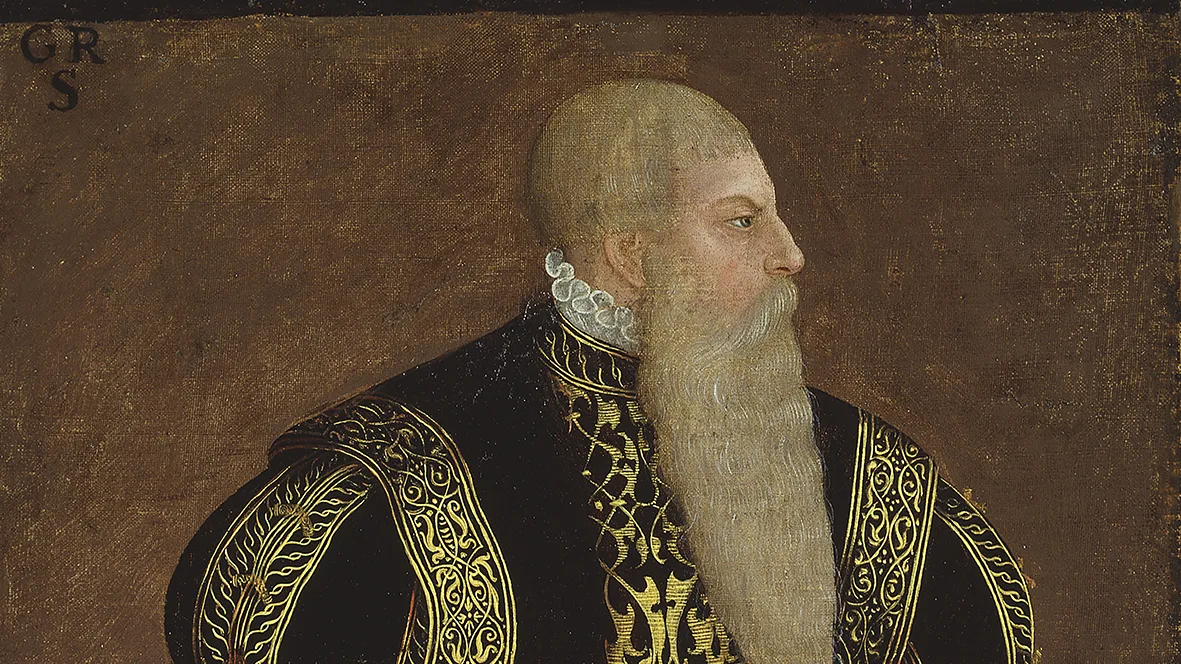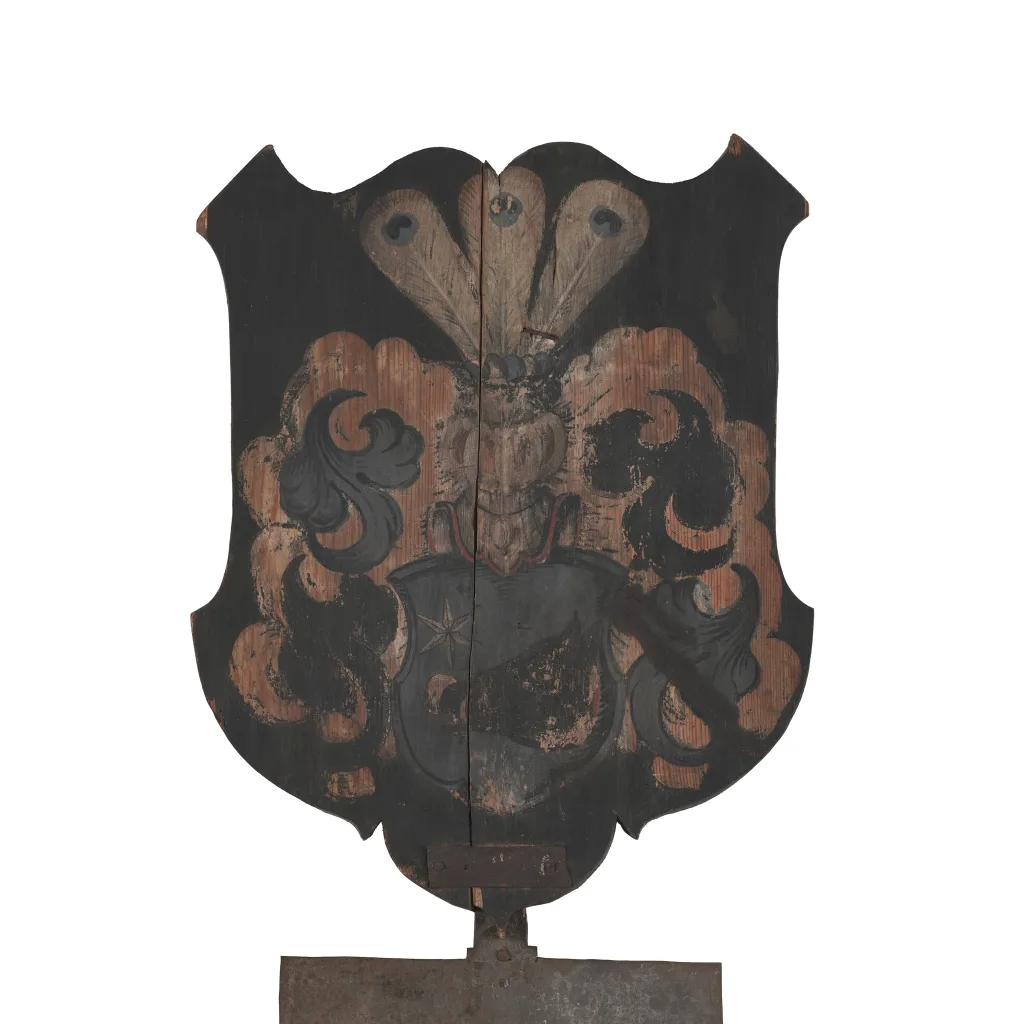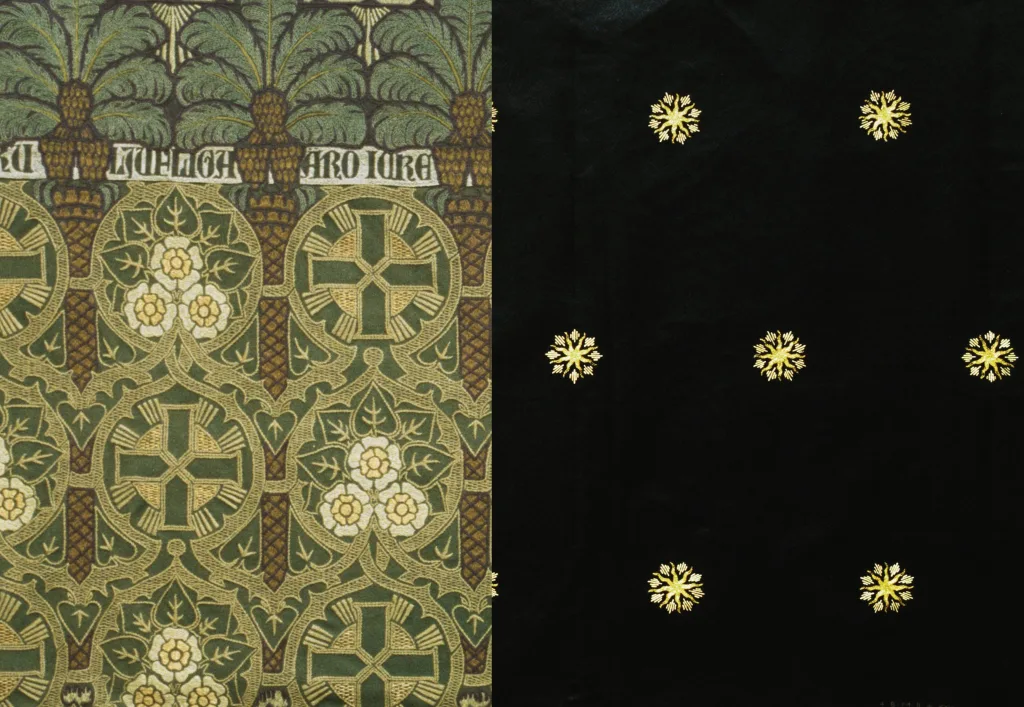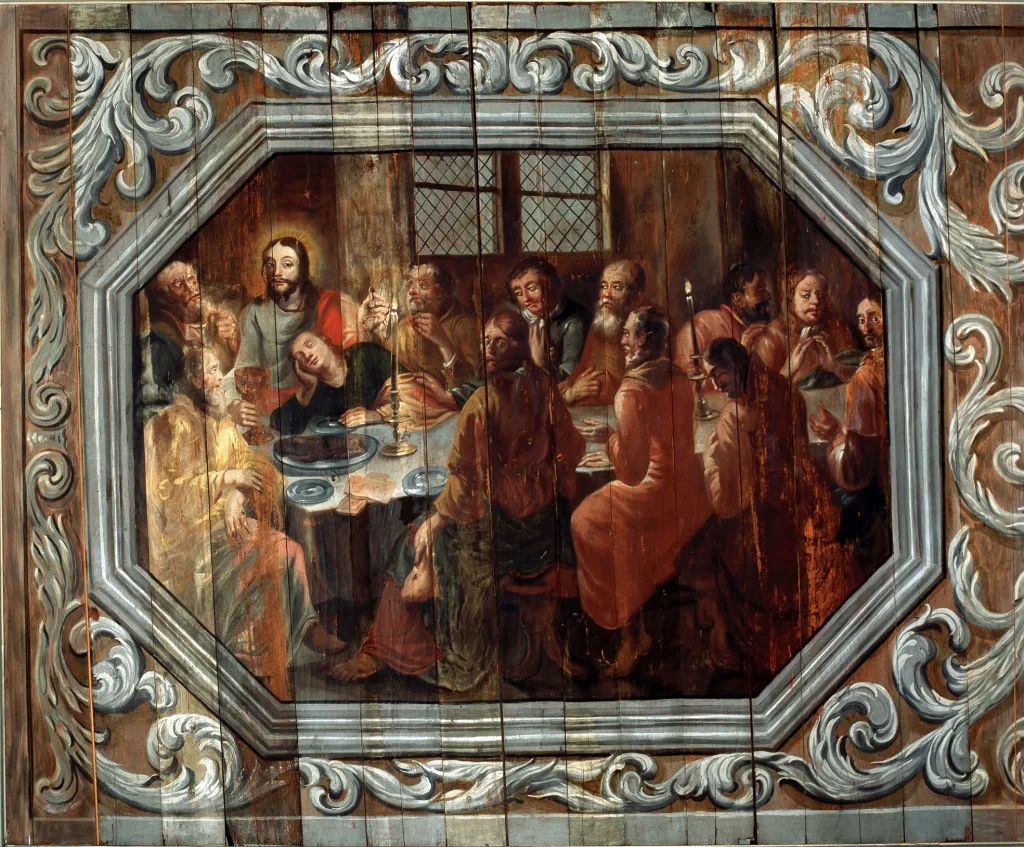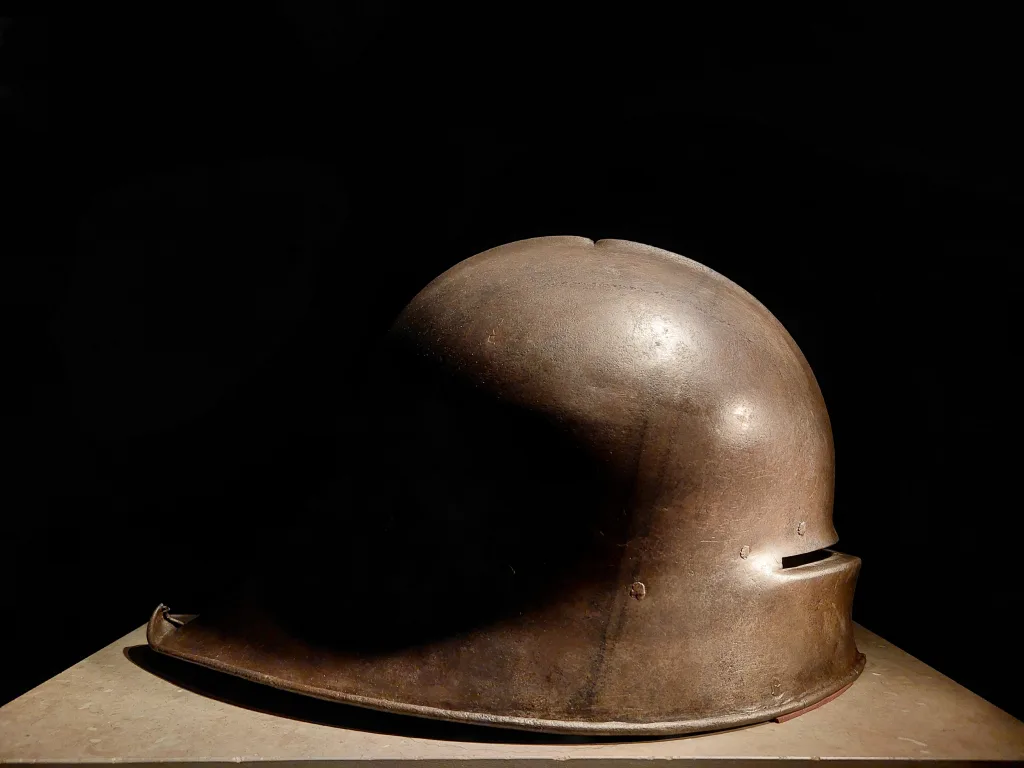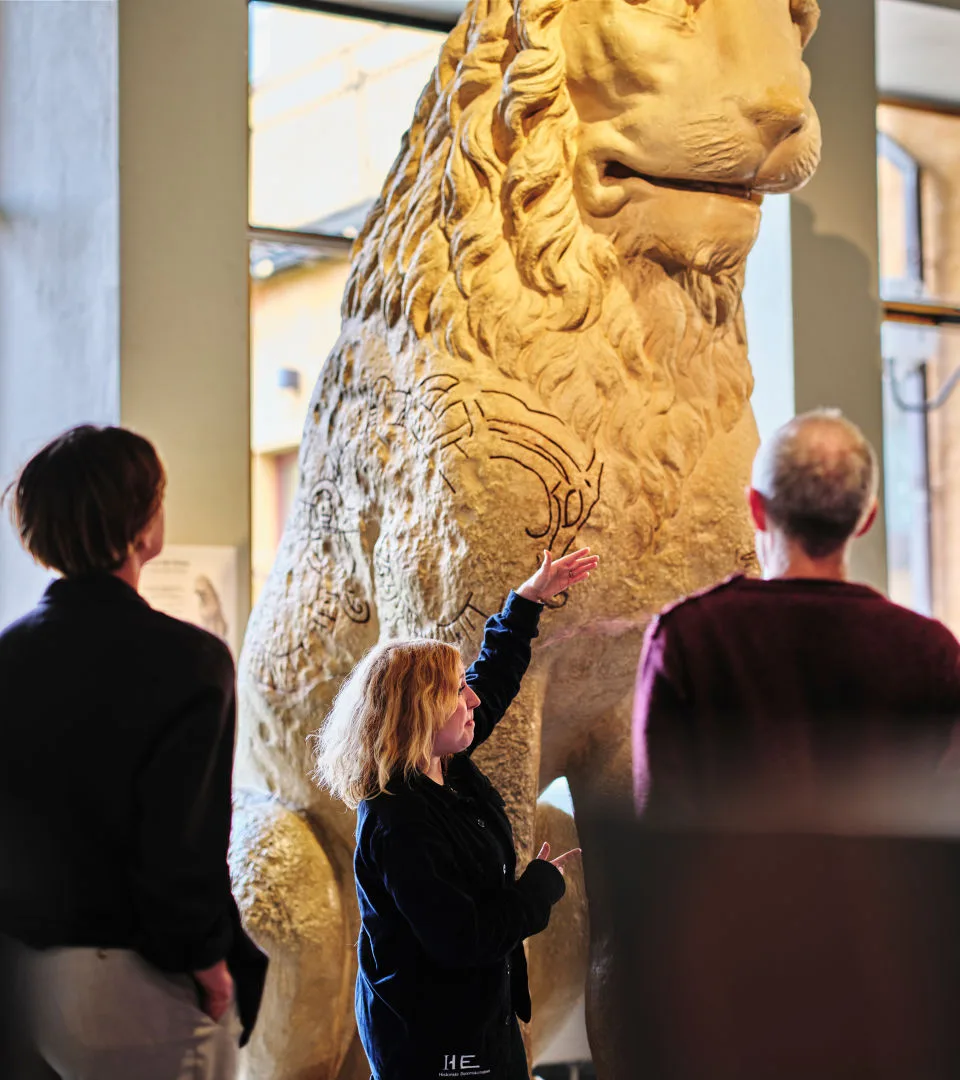Intro to the Modern Age
Viking Age
AD 800 – AD 1100
Middle Ages
AD 1050 – AD 1520
Modern Age
AD 1520 – AD 2025
Sweden transformed from a fragmented peasant society into a centralized great power – and later became a smaller power again, but with a stronger, more organized internal society.
Gustav Vasa and the birth of the state
When Gustav Vasa became king in 1523, a new era in Swedish history began. He broke with the Catholic Church and introduced Protestantism, which meant that the state took control of the church’s wealth and power. The Reformation significantly strengthened royal authority. At the same time, a more efficient administration was established, taxes were collected more systematically, and a standing army began to be organized.
During the 1500s, the foundations of the Swedish central state were laid. The division into counties, the office of bailiffs, and tax collection became increasingly regulated, and the state began to reach people’s daily lives in entirely new ways. The church was also used as a channel to inform and control the population – priests became both spiritual guides and representatives of the state.
Age of greatness – 17th-century military expansion
In the 1600s, Sweden expanded significantly and became a European great power through successes in wars, including the Thirty Years’ War. This required large resources, leading to increased taxation and conscription of soldiers. The nobility also benefited during this time, being rewarded with estates and privileges for their contributions to the wars.
At the same time, Chancellor Axel Oxenstierna (1583–1654) organized a modern bureaucracy with boards, county administrations, and a systematized civil service. Education also improved, with new secondary schools and universities established.
Sweden was still largely an agricultural society. Most people lived in the countryside and worked in farming, often for subsistence. Peasants had a relatively strong position compared to many other European countries, not least through their representation in the Parliament. The Estates Parliament consisted of the nobility, clergy, burghers, and peasants.
The Age of Liberty and the influence of the Enlightenment
After the death of Charles XII in 1718, a period called the Age of Liberty (1719–1772) began. Royal power was significantly limited, and authority rested with the parliament and the council. This period was characterized by political diversity and the emergence of parties. Sweden’s first political parties were called the Hats and the Caps.
The main difference between the two parties concerned foreign alliances: the Caps wanted to ally with Russia, while the Hats aligned with France. Economically, the parties were fairly united. The state pursued a more active policy to stimulate trade and industry, encouraged manufactories, established scientific academies, and improved infrastructure. Agriculture also improved through land reforms, increasing production.
Learn more about the Early Modern Period
At the Swedish History Museum, you can explore the Early Modern Period in our permanent exhibition History of Sweden. See some of the amazing objects left behind by people of the time, in the articles below.
